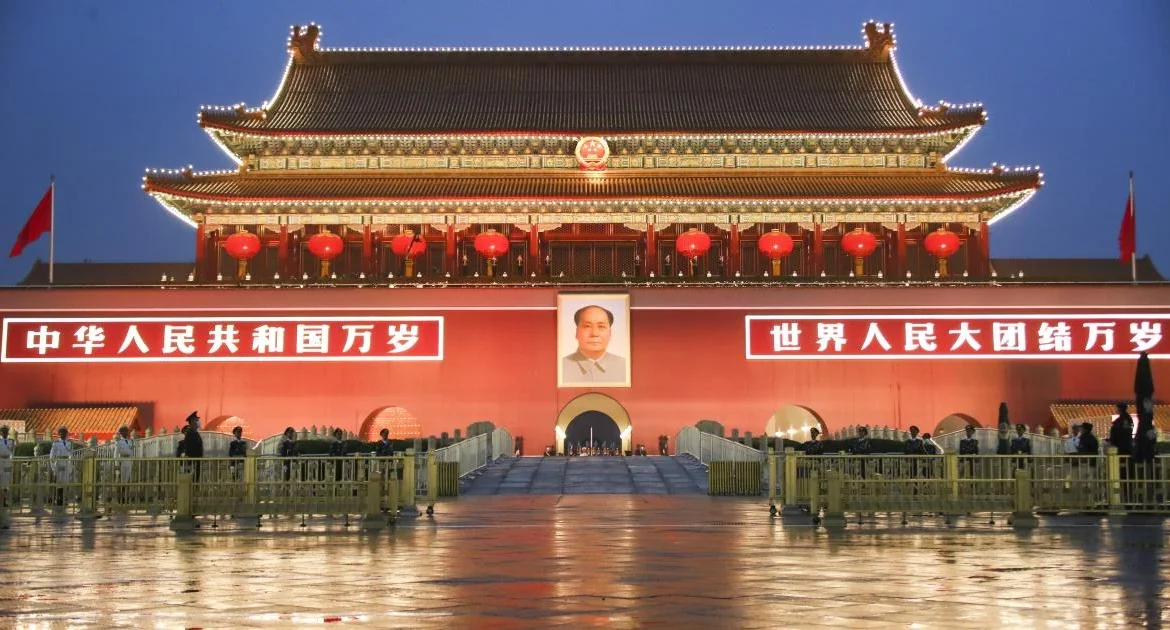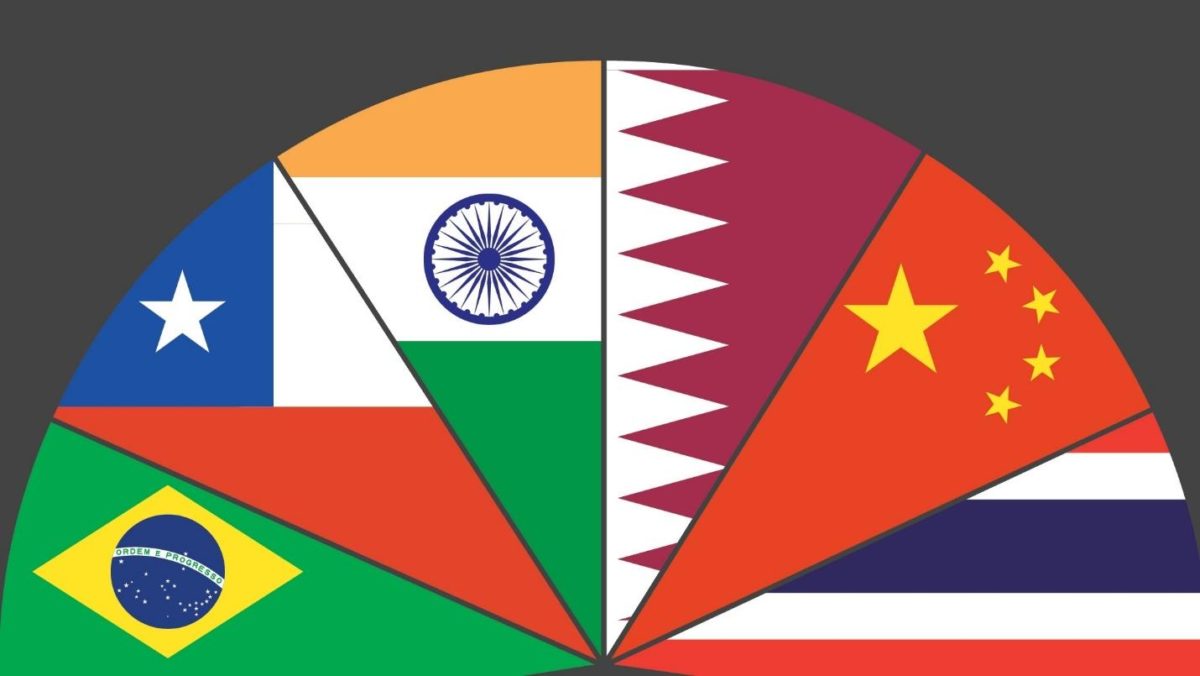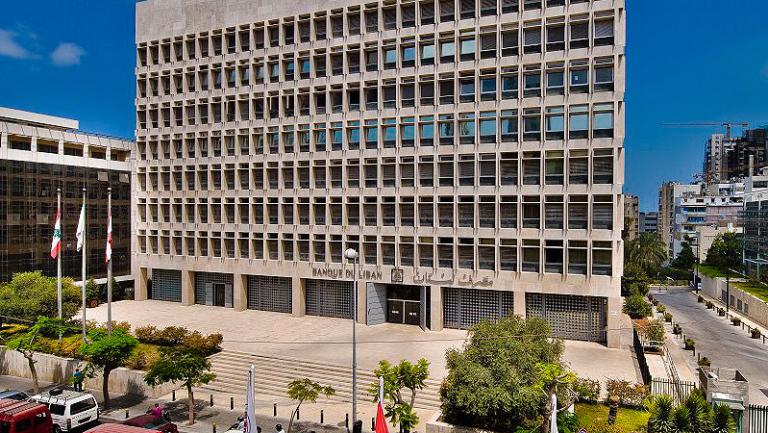In an attempt to control funding costs, China’s central bank is likely to contribute larger amounts of cash to the money market.
In February, the People’s Bank of China (PBOC) will offer 500 billion yuan ($73 billion) of one-year medium-term loans to banks. That’s 200 billion yuan more than the amount maturing, as claimed by the median forecast of economists surveyed by Bloomberg. This happens following a gauge of overnight borrowing costs jumping to a two-year high last week.
Harsh COVID restrictions took a serious toll on China’s economy. This decision further reinforces the idea that China’s trying to rehabilitate its economy with cash-fueled booster shots. After the curbs were dropped in December, a rapid rebound in demand tightened liquidity. This led to economists believing some incitement was needed.
China is expected to hold a pro-growth stance despite some recovery
Authorities urged banks in China to lend more to businesses. The banks surpassed expectations by extending a record 4.9 trillion yuan of new loans in January.
A net increase in MLF, the medium-term lending facility, would be a breath of fresh air for banks’ long-term funds.
Zhaopeng Xing is the senior strategist at Australia & New Zealand Banking Group Ltd. He expects the central bank to encourage bridging the gap between market and policy rates. All eyes are on the PBOC to regulate rates. In the meantime, banks will mostly depend on funds received from the central bank.
Economists anticipate that the PBOC will continue to prioritize pro-growth policies, despite some improvement in certain activity indicators. This is due to an ongoing decline in home sales and the precarious and uncertain nature of the consumption rebound. Furthermore, the ever-present possibility of another wave of COVID muddles the outlook. Additionally, doubt over when the Federal Reserve will halt its rate hikes adds up to the worries.
















